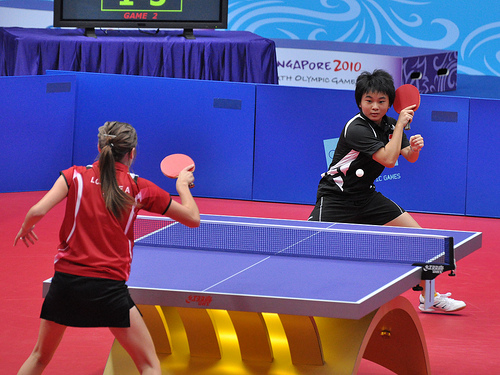Lemonade Scones: Designed
Ingredients:
- 4 cups Edmonds Self Raising Flour
- 300ml cream (1 small bottle of cream)
- ¼ cup Chelsea White Sugar
- 300ml lemonade
- ½ tsp salt
- Seasonal fruits
- Caramelized peanuts
The recipe was one of the easiest if not the easiest by far. First, as any recipe requires, the Mise en Place, the ingredients were to be prepared efficiently. However, looking at some major factors it was not possible for me to create the amount in the given time. This resulted in halving the ingredients and continuing from there. The flour is placed in a large mixing bowl; as I started with dry ingredients, next I added the sugar and the salt. The following were the wet ingredients both the cream and the lemonade, which then were mixed just until combined.
The reason for only mixing until combined resides in the gluten formation. If the mixture was overmixed gluten would form which would result in tougher scones, not very ideal.
When the mixture was just combined it was taken and placed on a lightly floured table, it was then sprinkled with flour on top as well and flattened. Flattened to the height that was needed and reasonable. After, it was then cut into six pieces and baked in a preheated oven--220oC degrees- for around 20 mins, until pale golden.
Simultaneously which the scones began to cook, the designing products were being prepped. The fruits contained, golden and green kiwi fruit; cream, whipped added vanilla and sugar as well as caramelized nuts. Beforehand, the caramelized peanuts were prepped before the lesson, made by melting caster sugar on high heat, either by itself or a small amount of water. When the syrup is browned it is then left to cool for a small-time until just thicker and able to coat the peanuts without dripping. The fruits were cut in several ways to your preference. The cream, cooled and taken out [when the scones were cooled] added sugar and vanilla essence then whipped to "submission" until it forms stiff peaks.
Just when the preparation of the fruits was finished, the scones were ready to be taken out, these were then cooled for decoration which too just around 5 mins. With that time, the cream was whipped. There were then several applications into which each of the scones were designed. The scones were halves and then applied the designing products.
With the taste of the main product, the scones, they were not as sweet as I would've thought. Which was perfect for adding more ingredients and complexity to the final product. The cream gave it the sweetness lacking from the scone, the fruits which were mixed and cut into different designs not only gave it the flavour and as well the texture it needed. With that, the final "cherry on top" the peanuts, salted and coated with caramel gave it a final factor, it was sweet but then, getting into the core, it gave a salty taste.




























